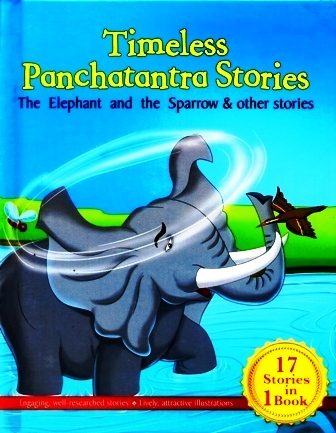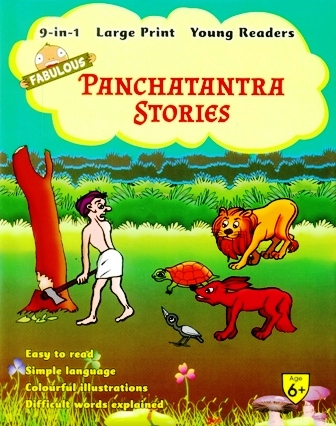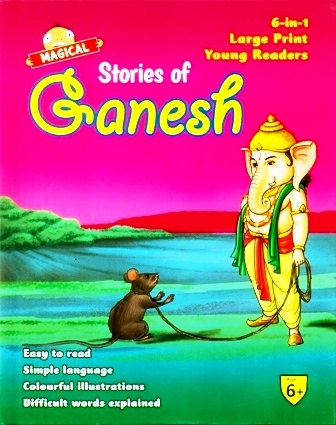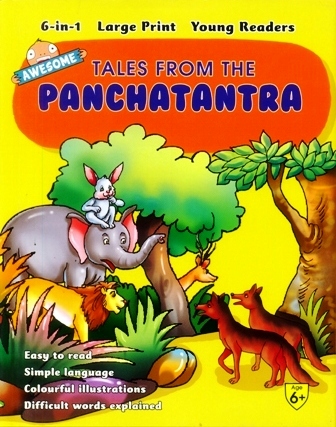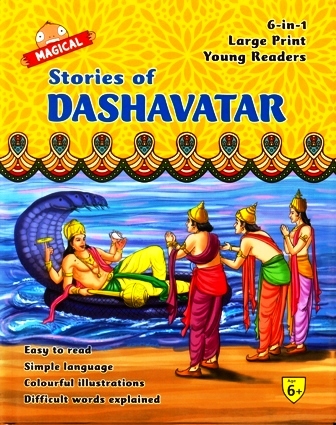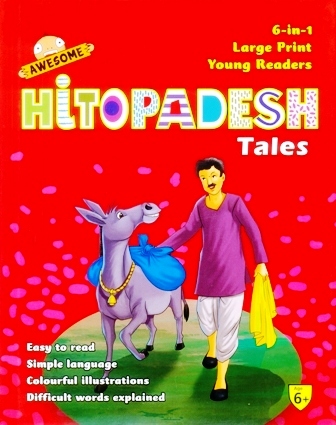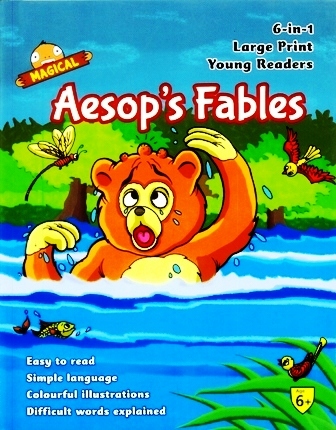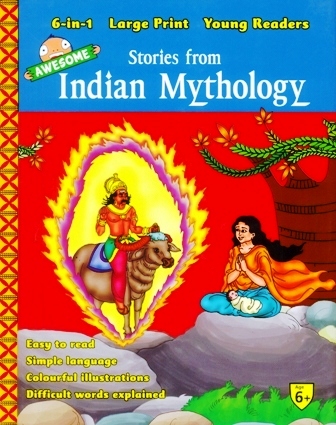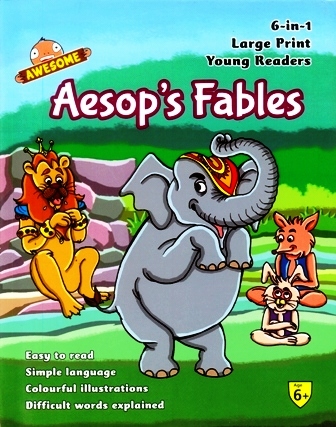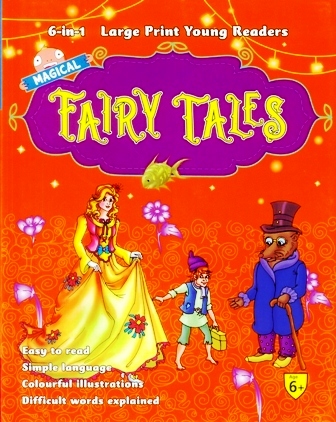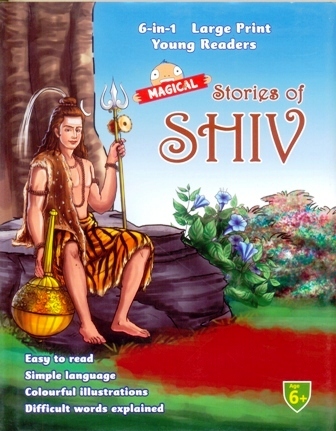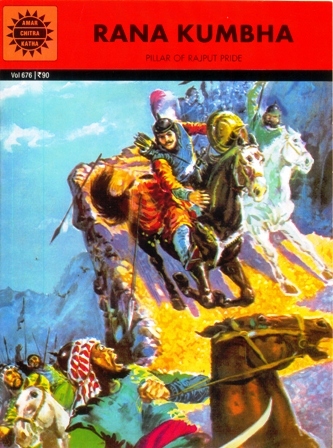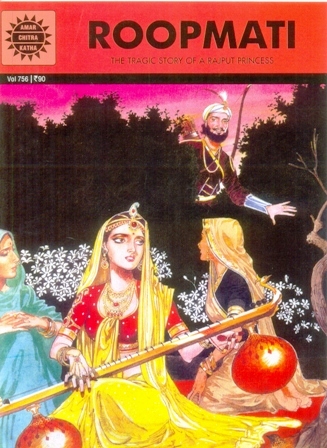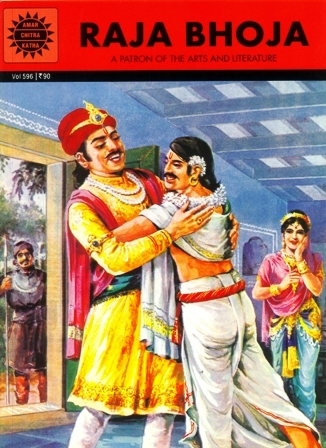-
TIMELESS PANCHATANTRA STORIES ( 17 IN 1)
The panchatantra is an amalgamation of inspiring moral stories, which have been adored by the young and old alike, since ages. legend has it that amarashakti, king of mahilaropya city in south india, appointed renowned scholar pandit
-
Magical Stories of Ganesh (6 in 1)
Easy to read simple language colourful illustrations difficult words explained. Ganesa is a God everyone likes, not just because he is Chubby and lovable, but also because he is clever and heroic. He is also considered a God who removes obstacles in your path. Typically, temples to this elephant-headed God are found everywhere - big and small, since people consider that praying to him would help bring success. How did Ganesh get an elephant's head? How did he come to be the Scribe for the epic Mahabharata? These, and many other Stories, make for delightful reading in this colourful volume that has simple language and evocative illustrations, along with a glossary of difficult words. Happy Reading.
-
Rana Kumbha
Victory for Mewari!' His father's last words seemed to spur the young ruler on to ever greater feats. His success on the battlefield raised Rajput pride as high as the magnificent tower at Chittor, which he completed in 1448. Tirelessly subduing mighty sultans as well as sly traitors, Rana Kumbha ensured that his name was inscribed as one of the land's most worthy sons.
-
Roopmati..
The story of Roopmati, the princess of Dharampuri and Baz Bahadur, the Sultan of Mandu, is one of India's greatest love stories. From the day of their fateful meeting with the sultan, the princess loved no one else, sacrificing all just to be one with him. Defying every norm she married him. But their happiness was short lived. The Mughal Emperor Akbar wanted Mandu and commanded his general, Adham Khan to march on it.
-
Raja Bhoja
Amidst the many wars he fought, Raja Bhoja, the ruler of Malwa, always found time to listen to poetry of the gifted. Ballala, a poet in his court, has immortalized his patron in his work Bhoja Prabandha which is a romantic tale, written in Sanskrit, partly in verse and partly in prose. Ballala was interested not so much in history as in heroics. In his attempt to magnify Bhoja as a patron of the arts and letters, Ballala has ignored historical facts. The poets, Kalidasa and Bana, who he said adorned Bhoja's court, actually lived much before Bhoja's times.






